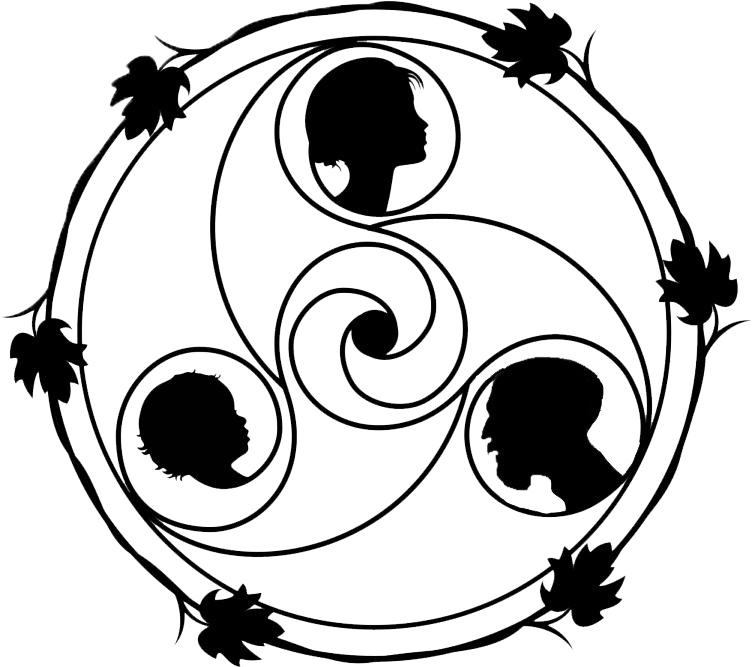For those who suffer from a chronic substance use disorder (CSUD), and are incapable of being honest with themselves, there are usually only three eventual outcomes – prison, institutions, or death. These people become victims of their disease.
Some CSUD sufferers however find another path – that of recovery. These people are heroes who deserve to be celebrated. Embarking upon a life-long recovery phase after detox and rehabilitation, sufferers of the disease of CSUD re-enter society with the knowledge and tools to not only cope with abstinence but to lead productive and useful lives.
This reflects the classic incorporation phase described by Joseph Campbell in his book The Hero’s Journey. Campbell looked to ethnographer Arnold Van Gennep’ s 1909 work, The Rites of Passage, where Van Gennep described a universal series of phases for transitions in people’s lives, be it birth, puberty, welcoming new members of the community, marriage, or death, the ceremonies marking these events may vary among different cultures but the essential structure of how the individual is changed is the same. He described this as a three-part structure: the Separation phase; the Transitional phase; and the Incorporation phase. Campbell expanded that to a 12-stage journey which he termed the “monomyth”, a common structure found in many myths across most cultures, but it can be broken down into three three parts as well: The Call to Action, the Transition and the Return. A modern-day classic example of this structure became the scaffolding of the story in the George Lucas film, STAR WARS.
As we shall see, being in recovery from a Chronic Substance Use Disorder is also a classic Rite of Passage in that it follows these same three phases.
The Right of Passage to sobriety leads to living free of the compulsion to drink or drug, seeing the promise of each day, engaging in a useful and productive life, full of both joy and sorrow, without the need to escape into oblivion. It has all of the classic elements of the Hero’s Journey – The Separation phase, or Call To Action, where the admission of addiction and unmanageability is the departure; The Initiation is the Transitional journey to learn the tools and practices for successful recovery; finally after many trials and dedicated effort there is the Return, or The Incorporation phase where one re-enters society, using the tools and lessons learned on the journey, to lead clean and sober lives.
This Rite of Passage marks the transformation of an individual into a new social status as well. The individual is changed by this transformation – the community is too. For someone in recovery that community may be their family, their old friends, their school, church, or an organization they may have once been active in. After having withdrawn into the dark confines of CSUD they have returned to the light, changed and renewed, with the confidence to be once again a part of their community.
Friends and family want to take us out for drinks the day we turn a legal age and congratulate us for becoming a grown-up. They certainly see this as a Rite of Passage to celebrate. For those few who end up with the disease of CSUD, who earnestly seek to treatment in a residential program, when they come out of treatment these same friends and family treat us as fragile and shy away from us. I believe that those in recovery should be embraced, that people in the community, friends, and family should be overjoyed at someone’s journey towards recovery and congratulate them for being a true Hero!
Certified Life-Cycle Celebrants are specialists in celebrating Rites of Passage where the client wants to have their change in status acknowledged and wants to have their transition celebrated. If you are in recovery and have a desire to mark this life-saving milestone in ritual and ceremony a Celebrant is the perfect person to call.


